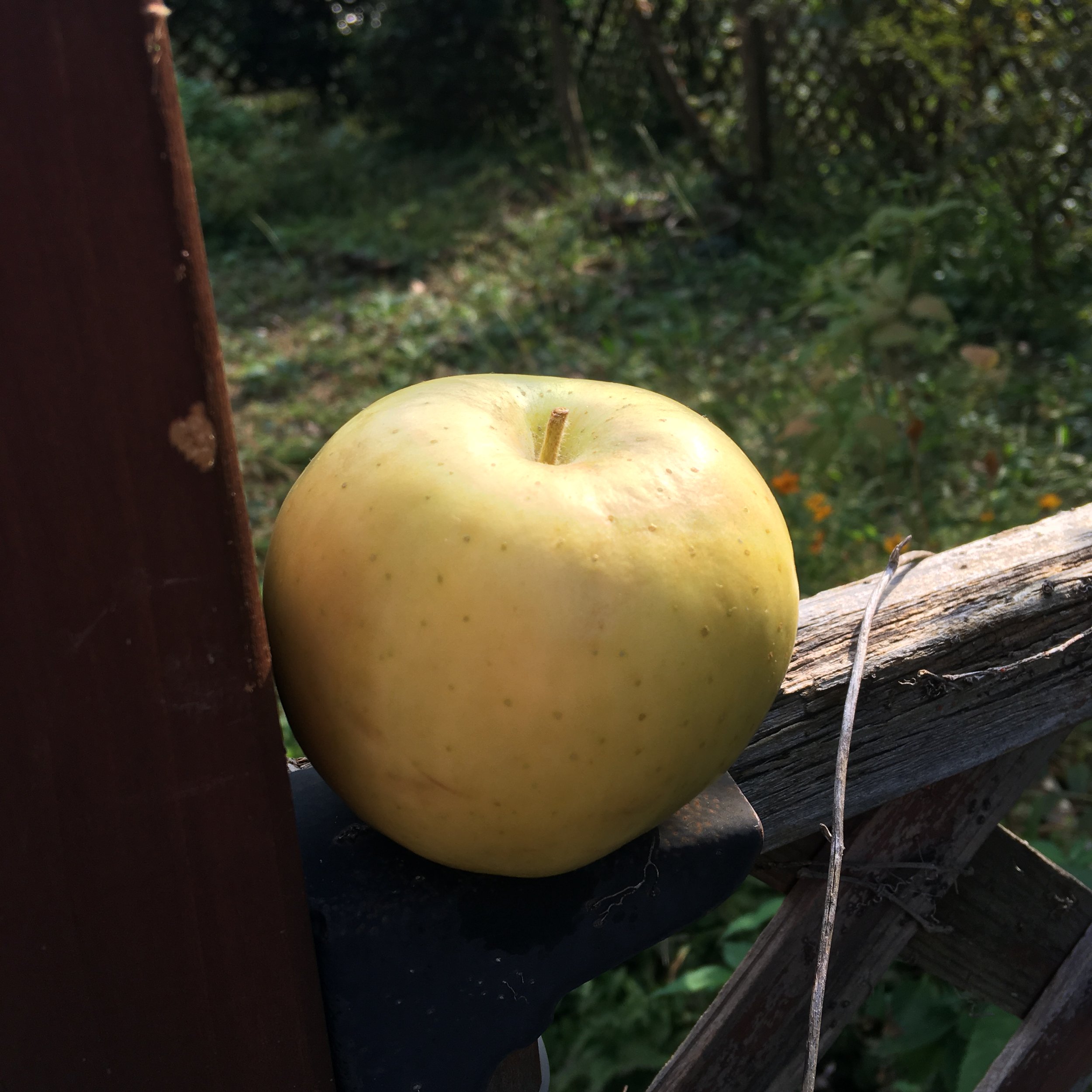I’d been hearing for close to a year how indie authors were having success with Kickstarter to launch their new books into the world, so I thought I’d try it myself. Just as an experiment, mind; not with any great expectations that I’d have runaway success myself. I was curious about Kickstarter as a tool for creating excitement around a launch, the way you might get if Penguin Random House picked you up and decided to make sure you hit the NYT bestseller list. (Dream on, dreamer.) …
Read moreTransfiguration Kickstarter launches today!
Hip hip hooray! It’s my first Kickstarter today!
I wrote this book in a white hot fury. The process started out leisurely enough, even lethargically, from my running out of ideas for preaching on Trasnfiguration Sunday after only four years back in the pulpit.
I thought, there has to be more to it than I’m seeing.
And then I thought, if I’m having trouble preaching on this annual festival after only four years, surely others are in the same quandary!
So I started poking around, and finding stuff… surprising stuff… intriguing stuff… astounding stuff.
Then, in a characteristic burst of hysterical energy, I abruptly decided to write a book whose title I chose before I’d written any of its contents: Seven Ways of Looking at the Transfiguration. I just liked the sound of it. I figured I could come up with seven ways.
I probably could have come up with seventeen, to be honest. The threads of connection spiraled out from the Transfiguration to weave their way around one thing after another. Before long I felt like a detective! Tracking one clue after another, trying to find the solution.
The solution to what, exactly? Though the Transfiguration raises all kinds of interesting questions, the two that provoked me most were:
What can it possibly mean for the eternal and everlasting Son of God to change? “Transfiguration” comes from Latin for “metamorphosis” in Greek. You could also say it in English as “transformation.” That’s a pretty significant claim to make about someone who is the same yesterday, today, and forever. How can Jesus change?
What does the Transfiguration tell us that Resurrection doesn’t? At first I took the Transfiguration to be a sneak peek or preview of the Resurrection. But the more I looked into it, the less convinced I became. Matthew, Mark, and Luke all go out of their way to describe the transfigured Jesus very differently from the risen Jesus. Something else is going on here. But if so… what?
I chased my way around the entire canon of Scripture in pursuit of these questions, kicking up a lot more questions in the process. I delved into the Greek and even into the Hebrew. I read up on ancient Hellenistic notions of metamorphosed gods and humans. I found cheesy spiritual self-help manuals (Transfigure Yourself in Forty Days! OK, not quite that bad, but bad enough) and patristic sermons on the Transfiguration.
And I found the answer to both questions. The answers are not only extremely satisfying—they also opened up a whole new perspective on Scripture, and on Jesus himself, that I hadn’t ever seen before.
I hope by now you are unbearably intrigued and dying to learn more! If so, please head on over to my Kickstarter page! You’ll find a number of different ways to get the book, and a lot more detail about it as well. Your support means the world to me, and it shows that you want to see more creative, illuminating, surprising, and engaging theology in the world and for the church!
What Agatha Ate #3: Growing Up
The turning point that launches this third chapter of Agatha Christie’s autobiography is the death of her beloved father—and the ensuing discovery that there was not nearly as much money left over as anyone thought. That meant a lot of changes, not least of all in the household budget.
Not that Jane the cook accepted this new state of affairs…
Read moreWhat Agatha Ate #2: “Girls and Boys Come Out to Play”
This second chapter of Agatha’s autobiography is considerably thinner on food references than the first.
That surprised me to realize, since she spends a fair amount of it in France, but I guess the food did not make such an impression on her English tastebuds. Her most vivid memory seems to be how a French waiter “used to carve us the most glorious mice out of radishes.” She also recalls how at a spa they had to drink “glasses of nasty water.” Her only real treat was sucre d’orge—literally barley sugar, but probably consumed in the form of a candy cane—while her mother indulged in aniseed, “which I could not bear.”
A fonder memory is of garden parties, which she deduces to have taken place in August since strawberries and cream were never on the menu…
Read moreBerlin after A-Tumblin' Down
This November I finally returned to Wittenberg after four years away—which is a long time for me, since I’ve taught a course on Luther’s theology in Wittenberg every November since 2009. The reason I didn’t make it here in the interval is too obvious to state. It felt like a homecoming, and I enjoyed it hugely.
But it wasn’t till I got here—and took one of my free days for a day trip to Berlin—that I realized something else. Between my last visit in 2019, and this visit in 2023, I wrote, edited, and published my first novel, A-Tumblin’ Down. Both East Germany and Berlin are essential to the story. Yet in that entire process, I didn’t so much as set foot here…
Read morePreaching at the Schlosskirche
Techincally speaking, “so unbelievably awesome” should not qualify as a theological category. But then, some experiences are category-busters, and this was one of them.
I’ve been visiting Lutherstadt Wittenberg (as it’s officially known) since 1999 or 2000, when I came for the first time to assist my dad in a college-level May term he was teaching. After I started working at the Institute for Ecumenical Research in Strasbourg, my colleague Theodor Dieter and I developed our two-week intensive course in Luther’s theology, which we led in partnership with the LWF Center in Wittenberg. I’ve taught it every year since 2009, to by now hundreds of Lutheran pastors from all over the world: Greenland to Myanmar, Suriname to Senegal, Taiwan to Estonia. Oh yeah, and the US and Canada, too!
Unsurprisingly, the last three years were conducted remotely, so now in 2023 we are back in person for the first time since 2019. And what a delight it has been to return in person—and not only for easy access to German bakeries, cheap Ritter Sport marzipan chocolate, and more potatoes than you can shake a sausage at.
But this year’s visit breaks all previous records in the so unbelievably awesome category, because this year I was invited to give the Sunday sermon at the Schlosskirche! That is, the very church upon whose door Martin Luther nailed the 95 Theses…
Read moreWhat Agatha Ate #1: Ashfield
Agatha Christie was an enthusiastic eater. It comes through in her novels, despite her spartan writing style. But it really comes through in her autobiography. Being an enthusiastic eater myself, this is what struck me, and stayed with me most, in reading it. Agatha loved to remember and relate what she ate.
What’s a fan to do? There is a restless desire in both amateur and professional Agathalogists to uncover some new angle. For example, I’ve wished that someone would write Agatha Christie, Horticulturist. (See my previous fan series on What I Learned from Agatha Christie.) Karen Pierce recently published Recipes for Murder: 66 Dishes That Celebrate the Mysteries of Agatha Christie, a close examination of the food of Agatha’s novels and recipes to accompany them.
This has inspired me to proceed with my own fan project, which I’ve been considering awhile: a series on What Agatha Ate, taking each chapter of her autobiography one by one to catalogue the mentions of food.
And of course, for each chapter, a recipe…
Read moreRadish Cream: A Poem
Kumquat sausage on the grill
Gives your tastebuds quite a thrill.
Grapefruit-mango-meatball stew
Makes a cloudy sky turn blue.
“VERY NICE,” SAID JOACHIM,
“BUT WHEN DO WE GET RADISH CREAM?” …
Parable of the Presents: A Poem
Once there was a house, and in that house there was a room.
The room contained five chairs and a geranium in bloom.
A woman in dark glasses occupied the nearest chair.
Close by there sat a fellow crowned with wild curly hair.
A second man sat snoring, leaning on the windowsill.
Beside him was a lady who kept absolutely still.
The last chair held a gentleman, and he was fairly fat.
The five chairs held five people, and in those five chairs they sat.
It came without a warning. It was silent. It was swift.
In the lap of every person there appeared a sudden gift,
A square box in white paper. And each box looked just the same:
Each tied in bright red ribbon; each marked with each one’s name…









